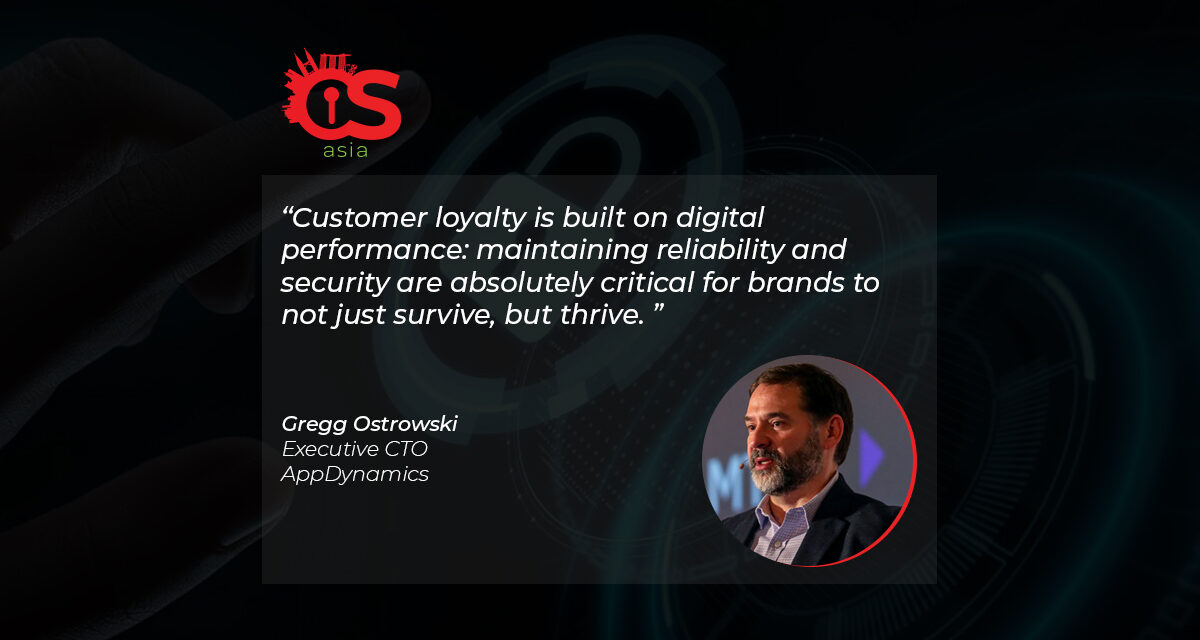Digital applications and services are only as good as the sources of data driving their security and excellence, argues this expert.
The rapid acceleration of digital transformation (DX) due to the pandemic has increased the use of software applications basis by 30% globally, compared to before the pandemic.
But how has this prominence of applications and digital services impacted consumer expectations of digital experiences?
And what does this mean for the brands that deliver those services?
Higher DX, higher user expectations
With this widespread transition to the online space, consumers have been exposed to limitless possibilities and options over the past 18 months: their expectations have evolved, and only applications of the highest quality are now acceptable.
Increasingly discerning and sophisticated, consumers demand high-performing, reliable and secure digital services that are tailored to their needs.
In addition to skyrocketing expectations for consistent app performance, data security and privacy remain a top priority for consumers.
Evidently, reliability rests on more than just how fast an application runs. With so much of our lives being put online, it is no wonder that 90% of consumers surveyed expected their data to be kept safe and secure.
After all, how trustworthy a brand is also depends on how well it protects its customers.
Brands have one shot to impress
Businesses cannot afford to underestimate the stakes surrounding digital experience. Those that have successfully delivered a great application experience during this period have been rewarded by high customer loyalty.
Meanwhile, those that fall short are met with unfiltered disdain. However, businesses should not ease up on innovating and introducing new features, as they need to continuously keep customers engaged and happy.
No longer as forgiving, users of digital services will not tolerate poor performance, and around 60% of respondents in surveys have indicated that brands have only one chance to impress them.
The implications are clear: one mistake—from a data breach to a minor technical disruption—is more than enough to turn away plenty of customers. In a world where applications are a lifeline to normality, anything less than optimal performance is failure.
Who takes the rap for the app?
To add more fuel to the fire, consumers do not pay heed to reasons for application failures.
When encountering any issue, they automatically assign blame to the business behind the app. This may be justified in certain instances where performance issues (slow page loading, security breaches, poor response times) result directly from the application itself.
However, in others instances, external factors such as bad internet connectivity or network issues still leave the brand taking the ‘rap for the app’.
Full stack observability, with context
To meet rising expectations and address the risks of performance issues, technology teams need the right tools to provide real-time visibility across their entire IT environment.
Increasingly technologists are deploying solutions to attain full-stack observability to connect the dots up and down the stack: from the customer or employee-facing application all the way down to the lowest level infrastructure (compute, storage, network, and public internet).
To respond to the needs of end users, enterprises must be capable of receiving data from multiple sources to accurately understand and represent topologies and dependencies, and to drive actions. Full-stack observability delivers maximum benefit to IT teams when IT performance is linked with business contexts such as customer experience, sales transactions, and revenue.
This full-stack observability with context can empower technologists to progress beyond firefighting and proactively manage app performance.
In this competitive landscape where customer loyalty is built on digital performance, maintaining reliability and security are absolutely critical for brands to not just survive, but thrive.





















